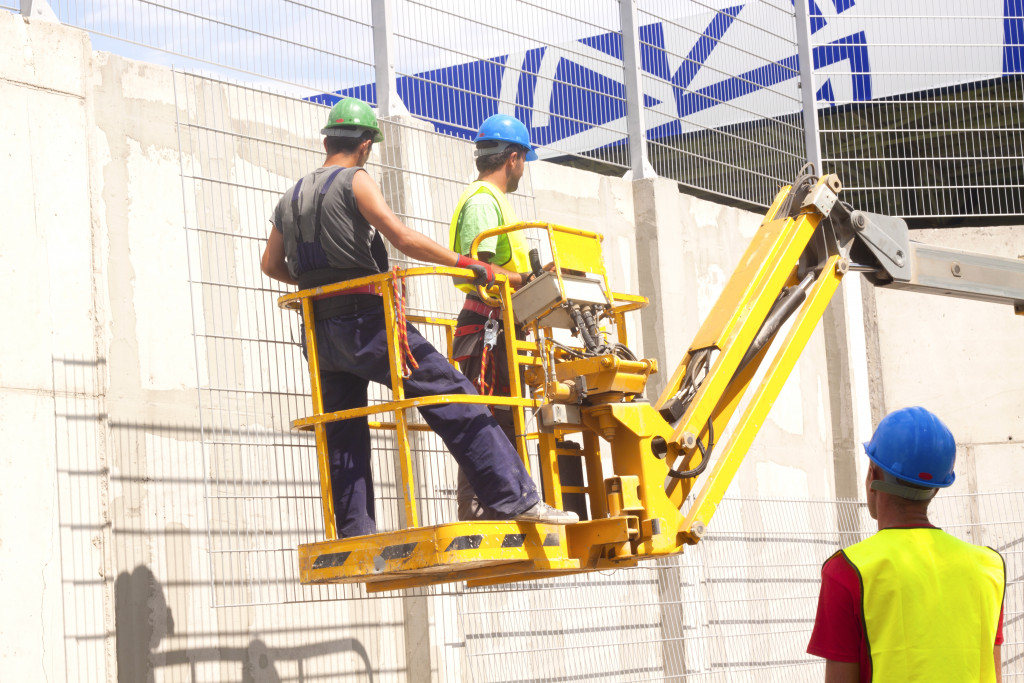The construction industry has long been known for its high accident rates. There were about a thousand fatal accidents related to the industry in 2019. This number is expected to increase if the industry does not take steps to improve safety.
Various organizations have worked together to create new standards and regulations to make the construction industry safer. Here are five ways the construction industry will be made safer in 2022:
Construction Safety Exams
The most fundamental way to secure safety in the industry is through exams. These exams test a person’s knowledge of safety procedures and best practices. They are usually taken online and are required for all construction workers worldwide.
It can vary from country to country. For example, in the United Kingdom, there is the CSCS exam. This exam is mandatory for anyone who wants to work on a construction site. The CSCS card ensures the worker has the necessary health and safety training. Therefore, it’s essential for construction firms that want to work in the United Kingdom.
The CSCS exam can be time-consuming to take individually. If your company has a project in the United Kingdom and you need to get your workers certified fast, it’s good to utilize CSCS group booking websites. These websites will help you schedule and take care of the entire process to focus on your project.
In the United States, the OSHA 10-Hour Construction Safety Course is mandatory for anyone who wants to work in construction. The course covers fall protection, personal protective equipment, and hazard communication.
The benefit of these exams is that their cheap when compared to other options. It’s also the first line of defense against unsafe conditions.

Autonomous Robots
One of the most significant safety innovations in recent years has been the development of autonomous robots. These robots can be used for various tasks, including welding, lifting, and moving heavy objects.
Autonomous robots have several advantages over human workers. They can work longer hours without breaks and don’t get tired. They are also less likely to make mistakes.
Moreover, there are now autonomous vehicles in the United States. The number of autonomous vehicles is expected to ramp up by 2030, with over 20 million vehicles on the road. These vehicles deliver packages and can be used for construction tasks, such as inspecting bridges and roads.
Drones are also being used more frequently in the construction industry. Firms can use drones for various tasks, such as surveying land, inspecting buildings, and delivering materials to construction sites.
Using autonomous robots and drones will reduce the number of accidents in the construction industry. As a result, they are less likely to make mistakes and can work longer hours without breaks.
Virtual Reality Training
Virtual reality (VR) is another technology used to improve safety in the construction industry. VR training simulates dangerous situations that workers might face on the job site. It allows them to experience these situations in a safe environment.
VR training is an effective way to teach workers about safety procedures. It’s a more immersive experience than traditional methods, such as lectures and videos. In addition, VR training can simulate various construction scenarios, such as working at heights or using dangerous chemicals.
Fall Protection Systems
Falls are one of the leading causes of death in the construction industry. However, many falls can be prevented by using proper fall protection systems. These systems include guard rails, safety nets, and harnesses.
Guard rails are typically used on ledges and stairways to prevent people from falling. Safety nets are placed under work areas to catch people if they fall. Harnesses are worn by workers who are working at height. They attach a safety line to a sturdy point on the ground. This system prevents workers from falling if they lose their balance.
Fall protection systems are mandatory in many countries. For example, the United States requires a fall arrest system to protect all construction workers who work at heights.
The use of fall protection systems will reduce the number of injuries and fatalities caused by falls.
Construction Safety App
There are various construction safety apps available that can help improve safety on job sites. These apps provide information about safety procedures, hazards, and incident reporting.
Construction safety apps are a convenient way to access safety information. Construction firms can use them to report hazards and incidents. Firms can also use them for training workers on safety procedures.
Apps such as the OHSA Heat Safety tool, the Fall Safety App, and the Construction Site Safety Handbook app are helpful for construction workers.
The construction industry is relatively hazardous. However, with some ingenuity and technology, it is possible to make it much safer. Eventually, the industry will be made up mostly of robots and drones. But, in the meantime, you can implement various safety measures to protect workers.






